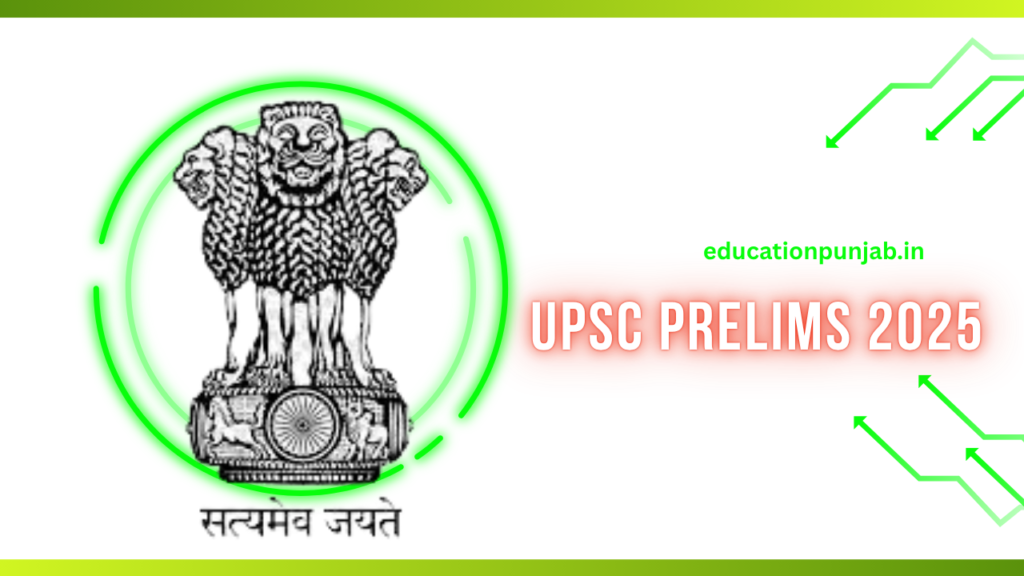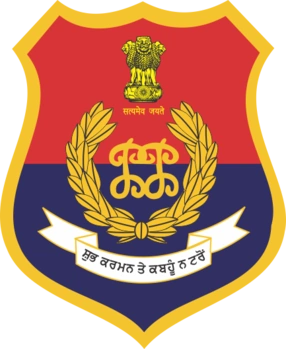
UPSC Prelims

UPSC Prelims : The UPSC Civil Services Examination (CSE) is one of India’s most prestigious and challenging competitive exams, attracting thousands of aspirants each year. The Preliminary stage, known as UPSC Prelims, serves as the first hurdle in this journey to secure roles in the Indian Administrative Service (IAS), Indian Police Service (IPS), and other central services.
This comprehensive guide, informed by expert insights from Vajiram & Ravi, outlines everything you need to know to excel in the UPSC Prelims 2025, scheduled for May 25, 2025. Whether you’re a first-time aspirant or refining your strategy, this article provides actionable tips, resources, and preparation strategies to boost your success.
Understanding the UPSC Prelims 2025 Exam
The UPSC Prelims is the initial screening stage of the Civil Services Examination, designed to shortlist candidates for the Main Examination. It consists of two objective-type papers conducted on the same day:
- General Studies Paper 1 (GS 1): Comprising 100 multiple-choice questions (MCQs), this paper carries 200 marks and covers subjects like History, Geography, Polity, Economy, Environment, Science and Technology, and Current Affairs. It tests analytical and conceptual understanding, with a negative marking of one-third for incorrect answers.
- General Studies Paper 2 (CSAT): This paper includes 80 MCQs, also worth 200 marks, and evaluates aptitude in areas such as Comprehension, Logical Reasoning, Analytical Ability, Decision-Making, Problem-Solving, Basic Numeracy, and Data Interpretation. CSAT is qualifying in nature, requiring a minimum of 33% to pass, but its increasing difficulty demands thorough preparation.
Both papers are conducted in offline mode (pen-and-paper) across approximately 80 cities in India. The marks obtained in Prelims are not counted toward the final merit but are crucial for advancing to the Mains, scheduled for August 22, 2025.
Key Features of UPSC Prelims 2025
- Exam Date: May 25, 2025, as per the UPSC Calendar 2025.
- Vacancies: Approximately 1,129 vacancies, with 979 for UPSC CSE and 150 for Indian Forest Service (IFoS).
- Eligibility: Candidates must be Indian citizens (or subjects of Nepal/Bhutan for specific services), aged 21–32 years (as of August 1, 2025, with relaxations for reserved categories), and hold a Bachelor’s degree from a recognized university.
- Admit Card: Released on May 13, 2025, downloadable from the official UPSC website (upsc.gov.in) using registration number and date of birth. Candidates must carry a printed copy and a valid photo ID to the exam center.
- Exam Pattern: No changes announced for 2025, but questions are increasingly analytical and application-based, especially in CSAT.
Why Prepare Early for UPSC Prelims 2025?
The UPSC Prelims syllabus is vast, covering diverse topics from ancient history to current affairs. Early preparation is essential to master this breadth and depth. According to Vajiram & Ravi, starting early allows aspirants to:
- Build a Strong Foundation: Develop a thorough understanding of core subjects like History, Geography, Polity, and Economy.
- Improve Time Management: Practice solving MCQs within the two-hour time limit for each paper.
- Stay Updated with Current Affairs: Regularly follow reliable sources like The Hindu, The Indian Express, and Vajiram & Ravi’s monthly magazine, The Recitals.
- Overcome Weaknesses: Identify and address gaps in knowledge through consistent practice and mock tests.
Aspirants like Aakash Garg (AIR 5, UPSC CSE 2024) emphasize the importance of practice and self-analysis to tackle the exam’s evolving complexity.
Effective Preparation Strategies for UPSC Prelims 2025
1. Understand the Syllabus
The UPSC Prelims syllabus is a roadmap for preparation. GS Paper 1 includes:
- Current Events: National and international importance.
- History: Ancient, Medieval, Modern, and Indian National Movement.
- Geography: Physical, Social, and Economic Geography of India and the World.
- Polity and Governance: Constitution, Political System, Panchayati Raj, Public Policy, and Rights Issues.
- Economy: Economic and Social Development, Sustainable Development, Poverty, Inclusion, Demographics.
- Environment: Biodiversity, Climate Change, and Conservation.
- Science and Technology: General science and recent advancements.
CSAT covers comprehension, logical reasoning, analytical ability, decision-making, basic numeracy, and data interpretation (Class X level). Download the official UPSC syllabus PDF from upsc.gov.in to align your study plan.
2. Leverage High-Quality Study Material
Vajiram & Ravi’s QUEST Notes offer comprehensive coverage of Prelims and Mains topics, compiled from trusted sources like NCERTs, NIOS, and newspapers. Key resources include:
- History Notes: Covering Indus Valley Civilization, Vedic Period, Mauryan and Gupta Empires, Delhi Sultanate, Mughal Empire, and more.
- Geography Notes: Focusing on physical, social, and economic geography.
- Polity Notes: Detailing the Constitution, governance, and public policy.
- Environment Notes: Addressing biodiversity, climate change, and environmental laws.
- Science and Technology Notes: Covering biotechnology, AI, space technology, and renewable energy.
- Current Affairs: Daily updates via Prelims Pointers, Mains Articles, and The Recitals magazine.
Additionally, refer to standard books like Indian Polity by M. Laxmikanth, Geography by G.C. Leong, and NCERTs for foundational knowledge.
3. Practice with Previous Year Question Papers
Solving past papers is critical to understanding the exam pattern, question types, and difficulty level. Vajiram & Ravi provides topic-wise UPSC Prelims questions from 2013–2023, helping aspirants:
- Identify high-yield topics like Polity and Economy, which dominated the 2025 exam.
- Practice time management and strategic answering.
- Build confidence by familiarizing themselves with question structures.
Download the UPSC Prelims 2025 GS 1 and CSAT question papers from upsc.gov.in or vajiramandravi.com for practice.
4. Enroll in a Test Series
Vajiram & Ravi’s PowerUp Prelims Test Series 2025 is designed to mirror the actual exam, offering:
- Realistic Mock Tests: Simulating UPSC’s complexity with sectional and full-length tests.
- Detailed Explanations: Provided post-test to clarify concepts.
- All India Ranking: To gauge performance against peers.
- AI-Generated Insights: For personalized feedback.
The institute also offers a free All India Mock Test on May 4, 2025, in online and offline modes at Delhi and Chennai centers.
5. Master CSAT
While CSAT is qualifying, its difficulty has increased, with 2025 being described as “eliminating” in nature. Focus on:
- Reading Comprehension: Prioritize shorter passages with multiple questions for better time efficiency.
- Logical Reasoning and Numeracy: Practice Class X-level math and reasoning daily.
- Mock Tests: Regularly attempt CSAT-specific tests to achieve the 33% qualifying mark.
6. Follow Toppers’ Tips
Aakash Garg (AIR 5, 2024) recommends:
- Start with Strengths: Begin GS 1 with familiar topics to build momentum.
- Avoid overthinking.








4 thoughts on “Best Guide to UPSC Prelims 2025 Preparation”
Comments are closed.